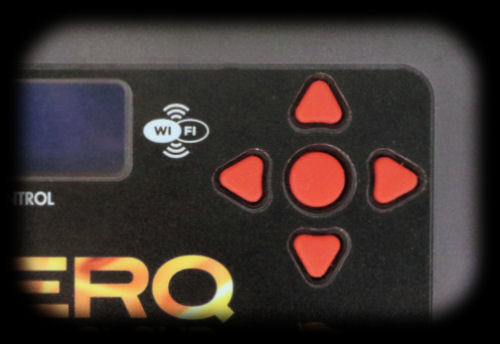 |
 |

Introduction Most readers should already be aware that BBQ Guru is probably the biggest and oldest name in electronic BBQ temperature controls. When gadgets and gizmos started connected to the internet via WiFi, BBQ Guru brought out the CyberQ WiFi model, but like so many of the "WiFi" devices, it suffered from the fact that getting it to work so that you could monitor your cook from anywhere was pretty tricky for the common user. You had to learn how to log into your router and manipulate functions like DHCP Reservation and Port Forwarding. Then Cloud-based devices started coming out, moving function from the controller to the Cloud. Suddenly, no more logging into your router. No more DHCP Reservation or Port Forwarding! So naturally BBQ Guru came out with their version of a cloud-based controller, the CyberQ Cloud. BBQ Guru has a long history of bringing out quality temperature controllers, so let's see how they did with a cloud-based implementation in the CyberQ Cloud.Here is a list of features and specifications for the CyberQ Cloud unit from the BBQ Guru web site:
Compared To Other BBQ Temperature Controllers Like most other temperature control systems, the CyberQ Cloud system is blower-based, controlling airflow through the cooker with a blower. Features like the display, keypad, number of temperature probes is comparable to other controllers. It provides a complete set of features like Open Lid Detect, Ramp Mode, and Timer-based actions that are missing from some other controllers. It is also paired with a feature-rich website www.ShareMyCook.com that, in addition to remote control and monitoring, provides sharing of recipes and cooks with other users. The basic CyberQ Cloud package comes with the following items:
If you have purchased a temperature controller from BBQ Guru before, you may already have these items. If not, when you order your CyberQ Cloud, you must also purchase:
A Few Observations About The Components The CyberQ Cloud innards are housed in a plastic case which is rated to IP54 (Ingress Protection rating) which means it has partial protection from dust ingress and is protected from water splashed from all directions. In other words, keep it protected from hard rain, and don't submerse it. The temperature probes all have braided stainless steel insulation and are smoke and moisture resistant, but again not submersible. The new Pit Viper blower is described as "moisture resistant." The new plastic case certainly will better resist the intrusion of moisture into the blower than the original blower's stainless steel plate. And with the air intake on the new blower being more covered, there should be less chance for splashing rain enter from below in a heavy rainfall. In general, everything feels sturdy and well built. The CyberQ Cloud unit is a small plastic box about 5⅞" x 3⅜" x ⅞" and weighing 8¼ oz. The case houses the electronics and has the display and control buttons on the front. The display itself is 2½" x ⅝" and is a backlit 2 x 16 character LCD display. There is no dedicated power switch, per se, as power can be turned on and off the the center round button or by plugging and unplugging the power cord. The back of the unit has two studs for mounting the unit on the provided universal mounting plate. The unit has connections for power, the blower, a pit temperature probe and three food temperature probes.
The front panel controls consist of a 5-button keypad: 
|
You can support this website by shopping at The Naked Whiz Website Store and Amazon.com
|